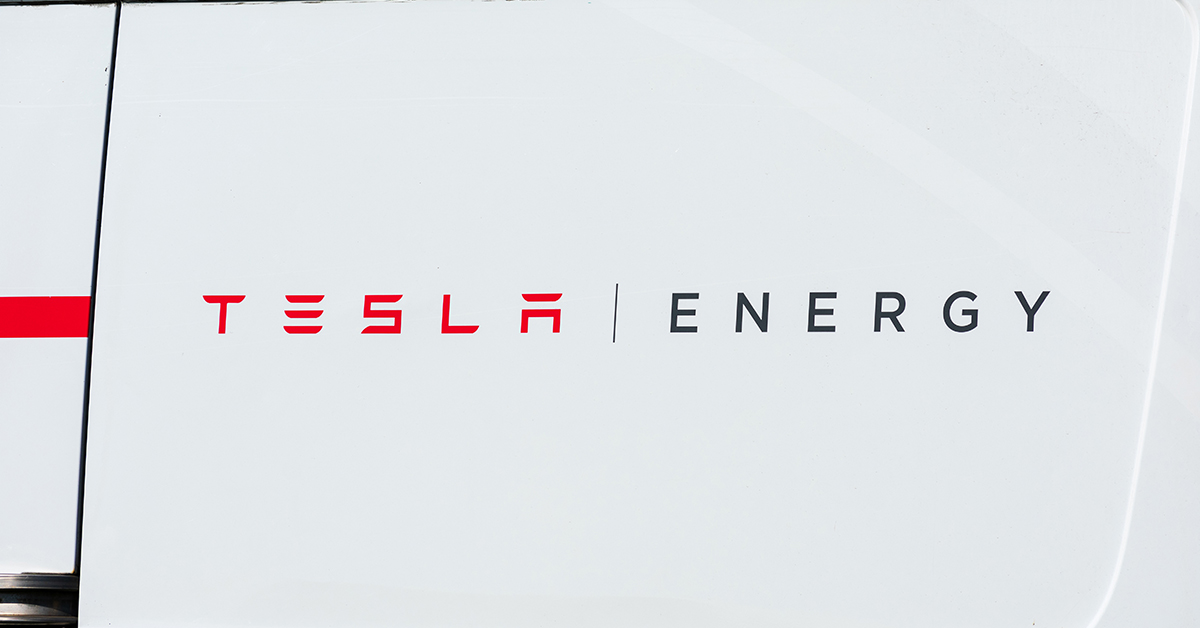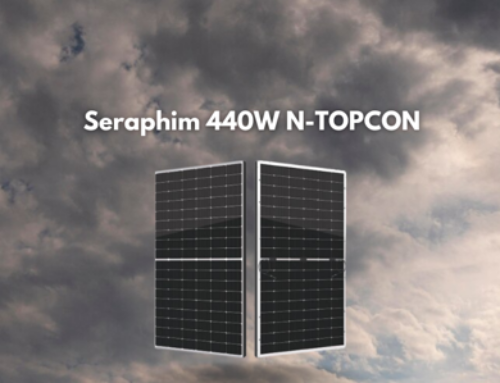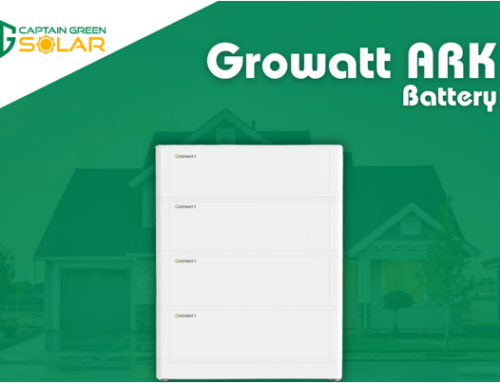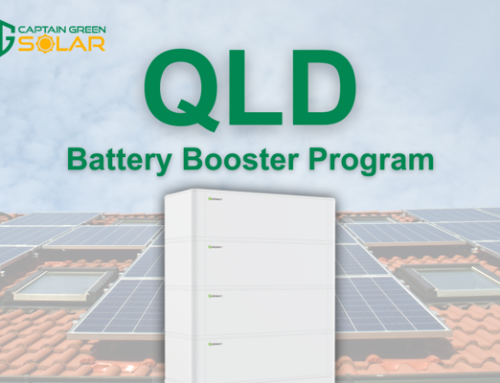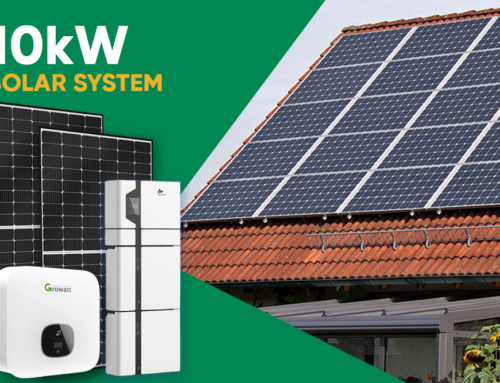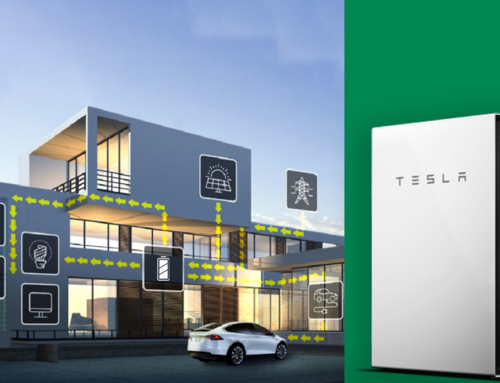With Australia’s clean, green revolution in full swing, a lot of people are wondering about solar battery storage. Of course, once you’ve got your solar panels installed, you can start powering your home with clean energy from the sun. But what about when the sun isn’t shining? That’s where you need battery storage to ensure any excess power you generate during the day can be held in reserve for the evening. But is it worth the cost? Let’s take a closer look at battery storage and whether it’s a valuable addition to your solar panel installation.
What is solar battery storage?
Battery storage, much like the name suggests, is a way to store energy for later use. Even if you have the best solar panels in the world, you won’t generate any power in the dark. That’s why many people choose to add battery storage into their system.
While the sun is shining during the day, your solar panel system generates energy from the sun. However, most homes don’t use all of the energy they generate during the day. So, rather than waste that energy, you can store it in a battery. Then, you power your home from the battery once the sun stops shining.
There are plenty of options out there, like the Tesla Powerwall Home Battery System, which allows you to store up to 13.5kWh of usable energy, which is usually more than enough to power the standard home through the evening. However, there is of course, the factor of the cost.
As a general rule, solar battery storage costs around $1000 per kWh. So, if you’re going to choose a more significant option like the Tesla Powerwall, you’ll be up for a considerable investment. The trade-off is, you’re practically self-sufficient and no longer rely on energy from the main grid. Say goodbye to power bills!
What are the other options?
For those who find the cost of battery storage prohibitive, you certainly have other options. Namely on-grid solar. In this situation, you get the benefits of solar panels during the day, but not in the evening.
On-grid solar
On-grid solar is a cost-effective way for households to access solar energy during the day, and get their energy from the main grid at night. If you choose on-grid solar, your solar panels power your home while the sun is shining. Effectively, everything in your home runs directly off the sun. However, at night-time or on cloudy days when solar energy production is low, you’ve got the main electricity grid as a back-up.
When your solar panels stop producing energy for the day, you revert back to the main electricity grid for all your power needs. You get a bill from your energy retailer for the power you use from the main grid, but you’re still essentially cost-free during the day. In addition, depending on where you live, there may be other benefits. If your solar panel system generates more energy than you use, the excess power is sold back to the main grid, and you receive a credit against the power you use during the evening.
What does solar battery storage cost?
As mentioned before, the general cost is around $1000 per kWh of battery storage. This is a rough estimate, and naturally, prices will vary from supplier to supplier. We mentioned the Tesla Powerwall before, and that’s a big unit that holds 13.5kWh of usable energy. Now, every home may not need that much batter storage. We always recommend this product, however, because it gives you so much storage that you should never need to access the main electricity grid again.
Of course, you get the luxury of escaping power bills, and you’re doing great things for the planet. So, how do you know if it’s a smart financial choice for your family?
Consider your energy consumption patterns
Firstly, you need to consider your usual energy consumption. For example, if you use most of your power during the day, and barely any of the evenings, the cost of solar battery storage may not make a lot of sense. However, most families are quite the opposite. Power usage is often much higher in the evening, because everybody is home, cooking, showering, using electronic devices and so on.
So, analyse your power usage and see just how much you’re spending on electricity outside of daylight hours. If the amount is significant, you could certainly benefit from using solar battery storage.
It also depends on how heavy your energy consumption is overall. If you’re only a light energy user, you may be able to get away with a smaller, less expensive battery, and it would still suit your needs if you use most of your power of an evening.
Consider your local energy prices
The next consideration is your local energy prices. There are all kinds of tariffs across different states and different energy providers. Is your power oppressively expensive of a night? Most off-peak power tariffs run from around 10pm – 7am, when most households don’t use a lot of power. It’s the hours surrounding this that are often the problem.
The biggest energy expenses in the home are usually heating and cooling, and hot water. Therefore, showers, laundry and running your air conditioners are your greatest cost. If the sun is shining when you do most of these things, you can get away with just using on-grid solar.
The verdict
Essentially, it comes down to dollars and personal preference. Any solar panel system is going to save you money. It’s just a matter of preference whether you want battery storage too, considering the extra cost involved. Most people love the idea of being completely independent of the main electricity grid. It’s also a great feeling to know that you’re not contributing to the use of fossil fuels.
Want help assessing your solar energy needs?
Like all solar panels in Australia, solar battery storage will pay for itself over time. It’s just that the estimated pay-back time is a little longer than your standard on-grid solar setup. The best thing to do is speak to one of our friendly consultants at Captain Green, and we can chat about types of solar panels and battery storage options. At the end of the day, it always feels great going green!

